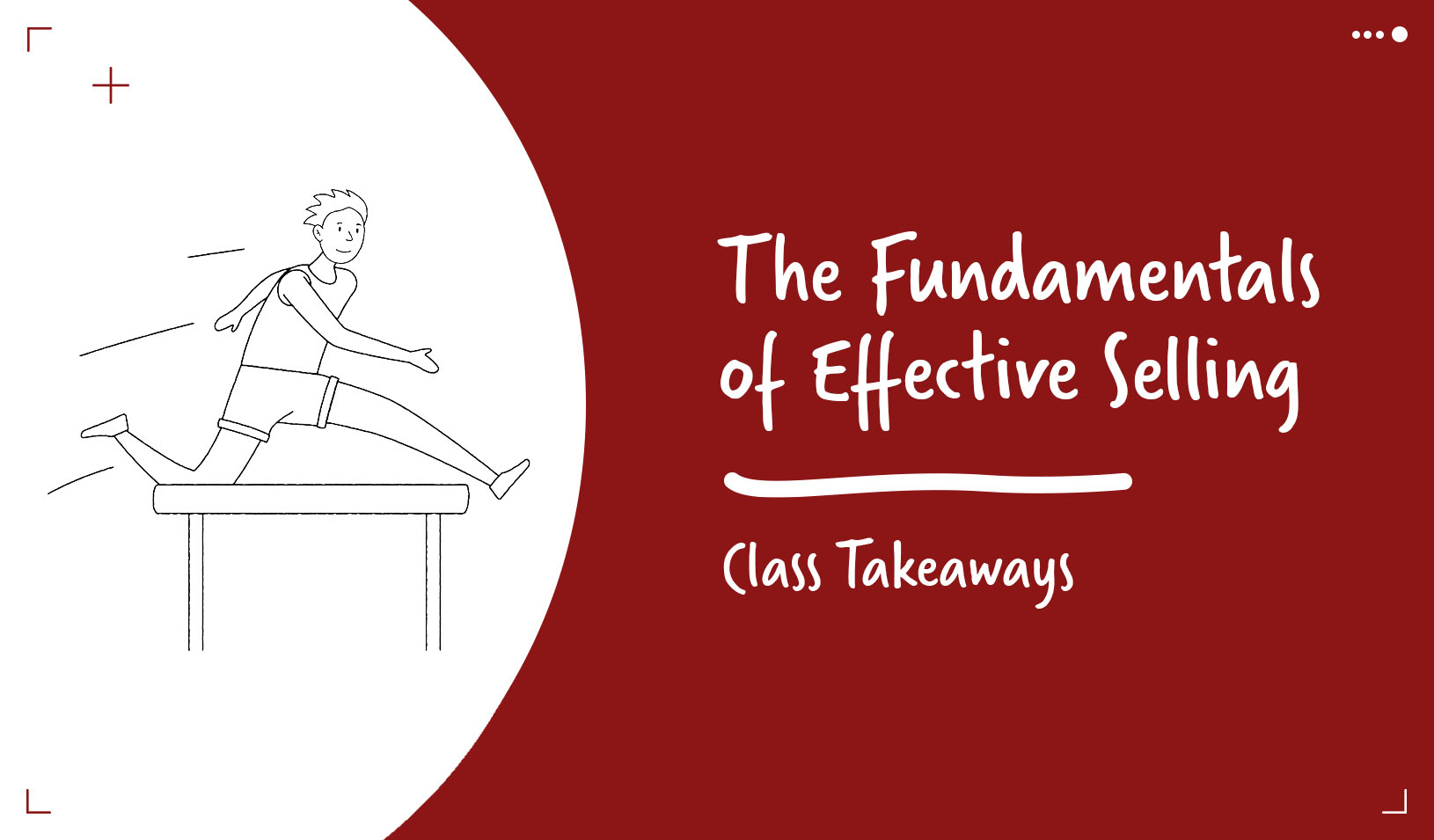
Getty Images
Vietnamese Americans make up an astounding 80% of California’s manicurists and 43% of manicurists nationwide. For anyone wondering why, the new book from Jonah Berger, Contagious: Why Things Catch On, has an answer. The trend started in the 1970s when the actress Tippi Hedren was volunteering her time with Vietnamese immigrants near Sacramento. The women admired her beautifully done nails, so she introduced them to her manicurist. Before long, these immigrants were learning the trade and, not needing much English to do the job well, building careers in the nail business. As word of these early adopters’ success spread, others in their community followed, and others followed those followers, until Vietnamese immigrants came to dominate the profession.
Tippi Hedren, the cool blonde with a warm heart, may be the most remarkable part of this story, but to focus on her role is to miss the point of Berger’s account — and, indeed, of his whole book. According to Berger, and in the words of sociologist and researcher Duncan Watts of Microsoft Research, Hedren was merely an “accidental influential,” a player whose part in a word-of-mouth phenomenon may or may not have been pivotal. As Berger, who earned his PhD at Stanford GSB in 2007, tells his MBA students at Wharton, where he’s an assistant professor of marketing, he may have been the first person to dine at a now-popular restaurant, but that doesn’t mean he’s responsible for the place’s success.
Put that way, the notion of a small set of special people who wield enormous influence may sound absurd. Yet many marketers have come to build their plans around the idea that their products or services will catch on if they can “just find the cool kids in the East Village or find the ‘mommy bloggers’ who have the most followers,” Berger says, alluding in part to a seductive story Malcolm Gladwell tells in The Tipping Point of how a few hipsters in downtown Manhattan revived the moribund Hush Puppies shoe brand. Berger himself was enthralled by The Tipping Point when he read it as a Stanford undergrad, and credits the book with sparking his academic interest in how things catch on; but knowing what he does now, he says Gladwell’s book is “half wrong,” more artful storytelling than good science. There’s little evidence that you can figure out who’s repeatedly influential, he says, and even if you could, the marketing effort would be too costly for, say, a small cafe or yoga studio. However, there is a growing body of psychological research, a good deal of it from Berger himself, showing that certain principles reliably drive people to discuss and share things. It’s those principles, with their emphasis on the message rather than the messenger, that Berger lays out in his own book.
Following in the footsteps of his graduate school advisor, Stanford GSB professor of organizational behavior Chip Heath (best known for Made to Stick, with its recipe for crafting memorable messages), Berger sums up his principles through the acronym STEPPS, which stands for Social currency, Triggers, Emotion, Public, Practical value, and Stories. Whereas Heath focused on what makes people remember information, Berger looks at what makes us pass the messages on to others — not necessarily the same thing. For example, both Heath and Berger deem emotion a powerful tool, and one of Berger’s studies, on what makes some articles from the New York Times more likely than others to make the newspaper’s most emailed list, found that pieces that inspire awe (such as gee-whiz science stories devoid of practical value) often make the list; however, not all emotions move people to resend articles. He found that articles that evoke sadness are actually less likely than the average piece to be passed on. “We’ll remember the story because it’s sad,” Berger explains, “but we’re not going to share it.”
In his chapter about triggers, Berger argues that even subtle reminders of an idea or a product increase sharing. Although he is as annoyed as anyone by the popularity of the vapid teen sensation “Friday,” with its over 48 million plays on YouTube, his graph of searches on YouTube for the singer’s name shows a clear pattern of peak activity each Friday. A trigger’s prevalence also explains why Cheerios gets more Twitter mentions than Disney World, and why it was clever for a Kit Kat commercial to pair the candy with coffee. Tweaking your message to exploit naturally occurring triggers seems more humdrum than most of the techniques Berger suggests for crafting contagious content, but it’s “the workhorse that gets the job done,” he writes.
Berger admits there’s a high degree of unpredictability in blockbuster hits, but he wouldn’t be writing a book if you couldn’t up your odds of getting your message out. “I’m not saying you can apply my six steps to make your thing be the next Gangnam Style,” he says. “But will applying them make it more likely that 10 people will hear about it rather than 9, or that your sales will increase by 20 or 40%? Certainly.”
For media inquiries, visit the Newsroom.






